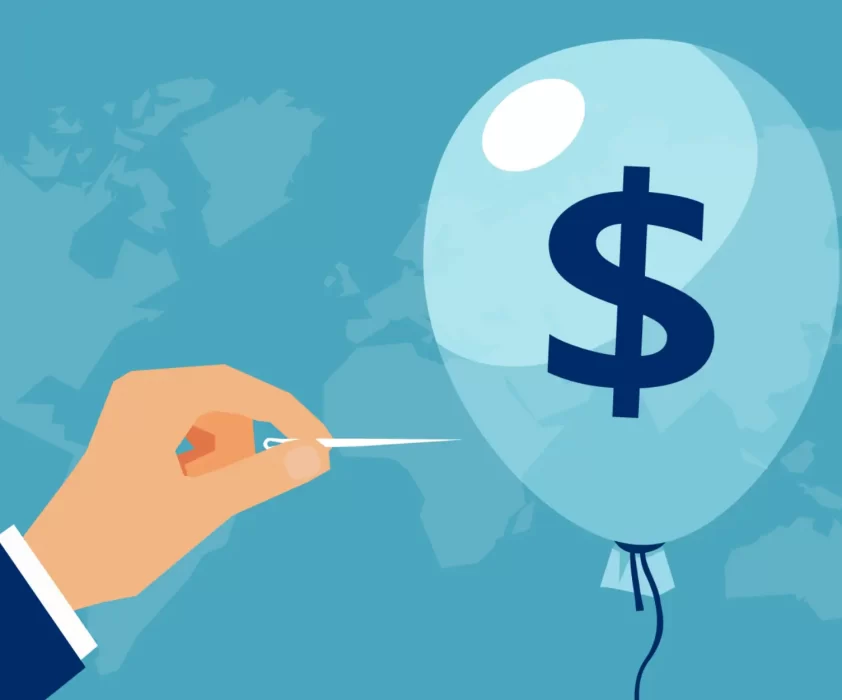
Background
One of the hidden properties of money is that what most people consider money is, in fact, debt. For example, an asset to you, such as a dollar bill, is really a liability to the entity that issued that debt, the U.S. government.
Let’s explain.
While debt is a liability to the person who took on that debt, it is counted as an asset (collateral) that can be exchanged and sold by the debt holder. So, collecting on a $100 overdue credit card bill (consumer debt) is harder (less liquid) and thus less valuable than collecting $100 in long-term bank liabilities (i.e., mortgage debt), which is less liquid than trading $100 in business debt (corporate bonds) which is harder than selling $100 in US Government debt (cash or treasuries), which is perceived as the safest and most liquid debt market in the world.
Let’s dive into the four types of debts that make up the US economy (household, bank, business, and government). Conveniently, the data comes pre-packaged from the United States in the Flow of Funds report, which tracks the assets and liabilities of entities in the US economy.
The most important criteria in issuing debt is the debtor’s ability to repay what is owed, and nations are no different. To measure a country’s ability to repay its debts, we examine Gross Domestic Product (GDP), which is the combined economic output of a nation, a debt-to-income ratio, as it were.
In reviewing the below chart that tracks the debt to GDP ratio for the United States since the 1950s, two things become clear.
- The debt-to-GDP ratio has generally increased over time.
- The ratio significantly increases during economic contractions (recessions) due to the denominator effect.

At the end of 2022, the total debt-to-GDP ratio for the United States was 367%, which includes all the debts of the four sectors we are examining.
The composition of this debt burden has changed over time.
In the early 2000s, at the start of the housing bubble, the debt to GDP ratio for the household and banking sector went from 139% in 2000 to 192% in 2008, as consumers piled into mortgage debts provided by the banking sector. This fueled the housing bubble, and since its collapse, consumers have been deleveraging, with banks improving their balance sheets due to increased regulation. As such, the debt-to-GDP ratio of this group fell to 168% just before the Pandemic and has fallen sharply since.

If household and banking sector debt fell from 193% in 2008 to 168% in 2019, but total debt-to-GDP rose from 317% in 2008 to 345% in 2019, business and government sector debt must have increased to make up that difference. In looking at the data, that is precisely what has happened. Government and business debt rose from 132% in 2008 to 177% in 2019. It has not declined as much as consumer and banking sector debts have and maintains an upward trend.


Conclusion
Debt alone is not bad; without it, our modern economy could not exist. However, central to its proper functioning is the assumption that, at some point, debts must have the ability to be repaid. When debts get to an unreasonably high level, as household and banking sector debt did in 2008, it destabilizes that industry until balance sheets can be repaired.
To stimulate the economy from 2008 until 2019, ultra-low interest rates led to dramatic rises in business and government debt, offset shrinking consumer and banking sector debts in the wake of the housing bubble collapse. That credit expansion in business sector debt has led to a rise in zombie companies. It may also serve as a catalyst for a future economic downturn, making future debts harder to repay.
Download the full article here.